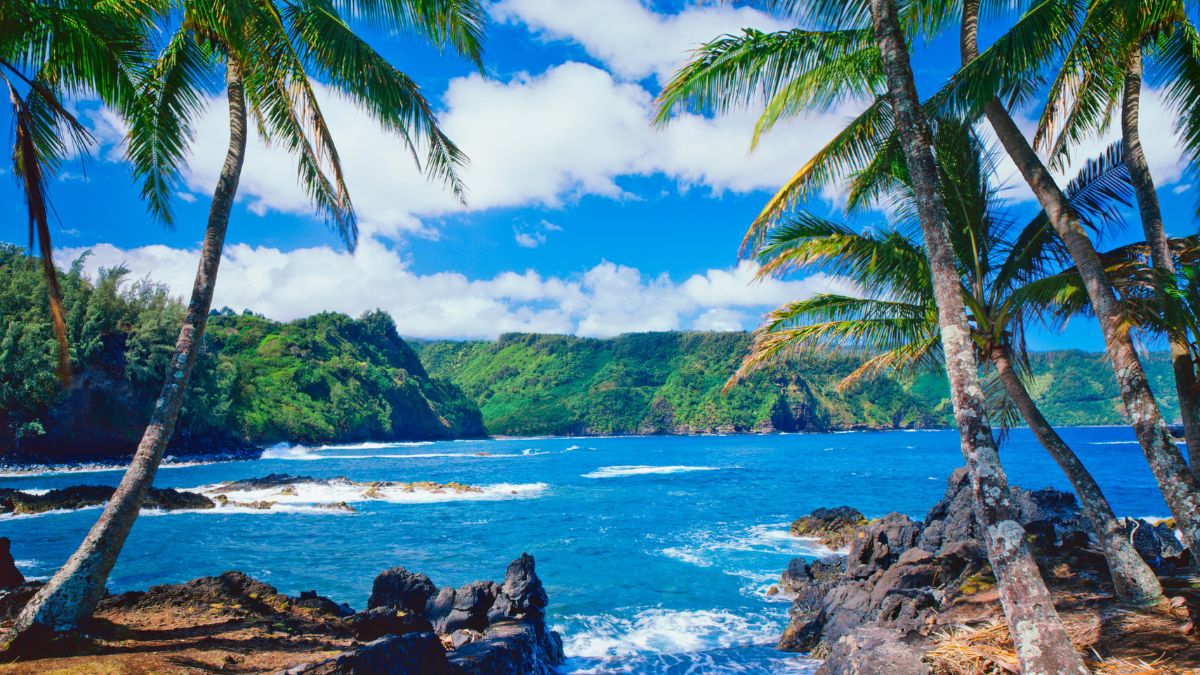Hawaii is renowned for its breathtaking beaches, lush landscapes and welcoming aloha spirit. It is no surprise that the islands attract millions of visitors each year. However, there are times when visiting Hawaii may not be as enjoyable due to factors such as weather conditions, crowds, or higher costs.
In this article, we will explore the worst time to visit Hawaii, helping you plan your trip wisely and make the most of your vacation. Here are some considerations for the worst time to visit Hawaii:
Peak Tourist Season in Hawaii
- Summer
Hawaii experiences its peak tourist season during the summer months, specifically from June to August. These months coincide with summer school breaks in the United States and many other countries.
As a result, the islands become crowded with families, honeymooners, and tourists looking to soak up the sun. Popular attractions, hotels, and beaches may be packed, making it challenging to find solitude or enjoy the islands’ natural beauty without the hustle and bustle.
- Major Holidays
Major holidays like Christmas, New Year’s, and Thanksgiving are also peak travel periods for Hawaii. These times can be particularly crowded and expensive, with limited availability for accommodations and higher airfare costs.
If you are looking for a more peaceful and affordable experience, avoiding visiting Hawaii during these busy periods is best.
Rainy Season in Hawaii
Hawaii has a rainy season that typically occurs during the winter months, from November to March. While the rainfall varies across the islands, the windward side of each island tends to experience more precipitation.
This means that popular tourist spots like Hilo on the Big Island or the North Shore of Oahu may see frequent rain showers and overcast skies during these months.
The heavy rainfall can affect outdoor activities, such as hiking, snorkeling, or enjoying the beaches. It is important to note that while the rain can be a significant deterrent, it doesn’t rain all day, every day, and there are often periods of sunshine even during the rainy season.
However, if you are hoping for consistent sunny weather, it is advisable to plan your trip during the drier months of April to October.
Visiting Hawaii in Spring Break
Spring break is another period when many tourists flock to Hawaii. It typically falls in March or April, coinciding with Easter holidays and school breaks. During this time, college students, families, and vacationers take advantage of the warmer weather and head to the islands for a tropical getaway.
Consequently, the popular tourist spots can become crowded, and accommodation prices tend to rise. If you avoid visiting Hawaii in these months, you can have a much more peaceful and engaging trip.
Avoiding Major Events and Festivals
Hawaii hosts various festivals and events throughout the year that attract large crowds. While these events can be an excellent opportunity to experience the local culture, they can also result in higher prices and increased tourist numbers.
Some of the major events to consider when planning your trip are the Merrie Monarch Festival (April), Honolulu Marathon (December), and the Aloha Festivals (September).
Personal Considerations: Budget and Preferences
Finally, the worst time to visit Hawaii ultimately depends on your personal preferences and budget. If you are looking for a quieter and more budget-friendly experience, consider visiting during the shoulder seasons, which are the periods just before or after the peak tourist seasons.
These months, such as May or September, often offer pleasant weather, fewer crowds, and better deals on accommodations and flights. This may also help you save a lot of your expenses.
Moreover, keep in mind that each island has its own microclimates, and weather conditions can vary within the archipelago. Researching the specific island you plan to visit and its weather patterns will help you decide the best time to visit based on your interests.
Planning and Booking in Advance
Regardless of the time of year, planning and booking your trip to Hawaii in advance is always a good idea. Doing so allows you to take advantage of early booking discounts, secure better rates, and have more options available.
Keep an eye out for flight and hotel deals, and consider signing up for price alerts or newsletters to stay informed about promotions and discounts.
Conclusion
While Hawaii is a beautiful destination year-round, certain times may not be as favorable due to crowds, weather conditions, or higher costs. By avoiding the peak tourist seasons, rainy months, spring break, and major events, you can plan your trip to Hawaii wisely and have a more enjoyable experience.
Remember to consider your preferences and budget when deciding the best time to visit the islands, ensuring a memorable and relaxing vacation.
